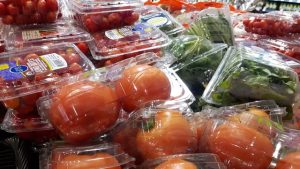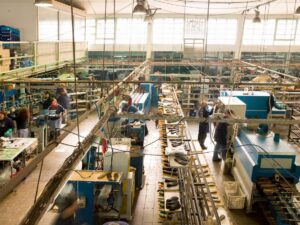Is It Time To Ban Halloween Candy?
We need to talk about Halloween candy.
Public awareness of our plastic pollution crisis is at a high, plastic straws and bags are getting banned in cities and states across the country, and yet there has been almost no discussion about the massive environmental problem that Halloween candy creates.
Americans will buy approximately 600 million pounds of Halloween candy this year, spending $2.6 billion on bite-sized candy bars and bags of candy corn. After the holiday, nearly all the wrappers and packages from these confections will end up in landfills, where they’ll sit around for decades or more.
Candy wrappers are very hard to recycle. Like most food wrappers and packages, candy wrappers are not meant to be mixed with bottles and cans and sent to a sorting facility. “They are too small for our equipment to sort,” said John Hambrose, communications manager at Waste Management Inc., one of the largest sanitation companies in the U.S. Most curbside recycling programs prioritize capturing rigid plastics like bottles, jugs and materials that are at least the size of a credit card.
And it’s not just size that’s a problem. It’s what candy wrappers are made from.
“There are so many varieties of candy out there and equally abundant are the types of wrappers,” Jeremy Walters, sustainability manager for Republic Services, another major waste disposal company, told HuffPost in an email. “Though some wrappers feel like paper, they often have a ‘waxy’ or ‘poly-coating,’ leaving it unfit to be mixed with paper for recycling.”
Recycling systems aren’t designed to capture and sort wrappers “because they have little dollar value,” said Nick McCulloch, senior manager of sustainability at Rubicon Global, a waste reduction tech company.
“Recycling is in part about economics — the value of the raw materials you’re collecting needs to exceed the cost of collecting them. Candy wrappers make that math hard because they’re made from low-value plastics,” he told HuffPost. “You’d have to collect tens of thousands of wrappers to help make those economics work.”



